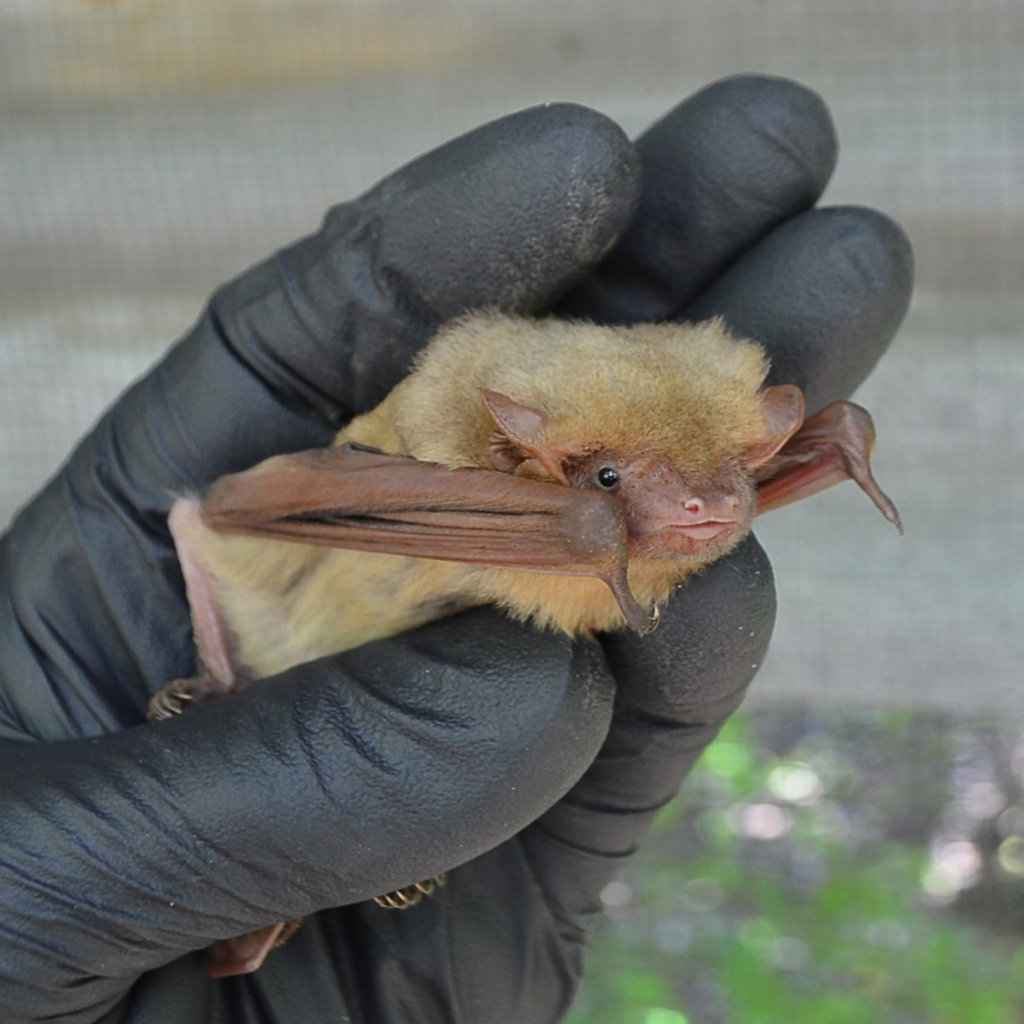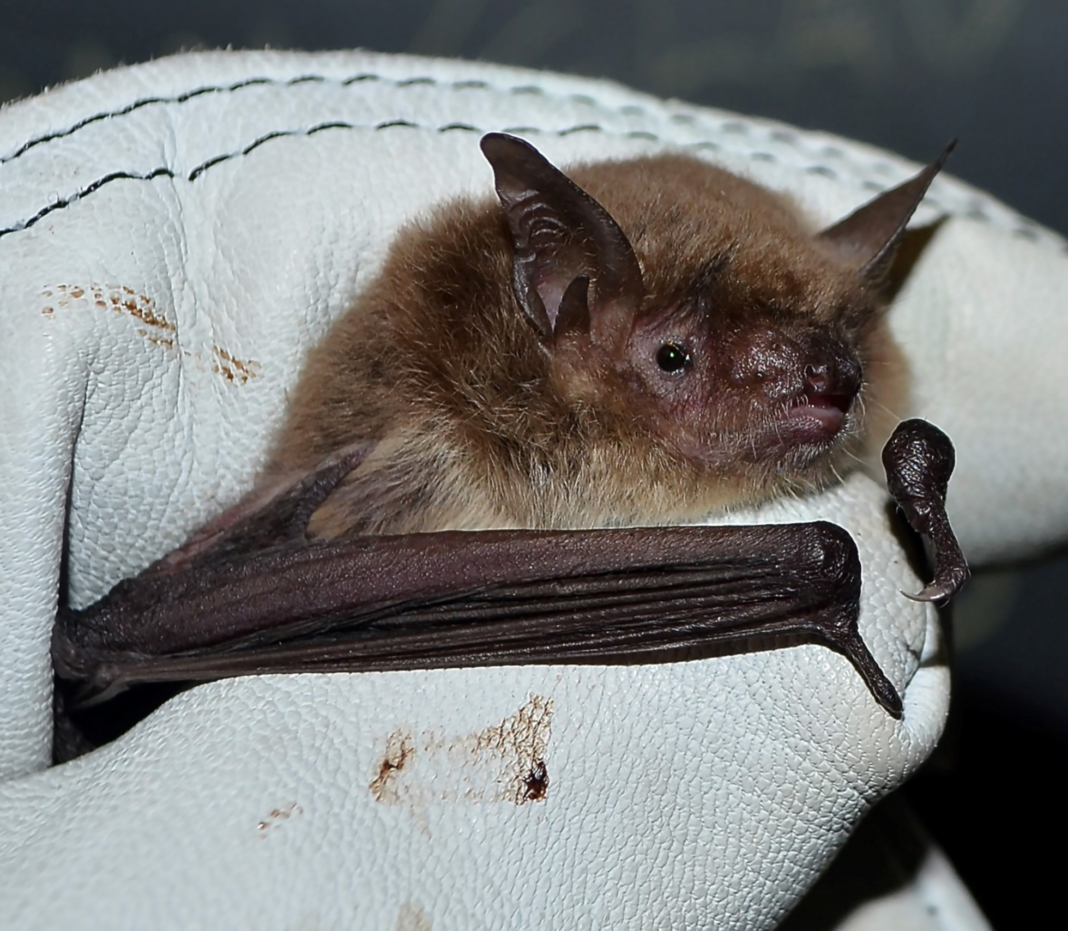These night fliers are masters at pest control (and drawing tourists). Invite them to your yard with a bat-friendly garden.
Life revolves around bats for Dianne Odegard and Lee Mackenzie, co-founders of the nonprofit Austin Bat Refuge. When they’re not busy rehabilitating bats — sometimes a hundred or more at a time — they’re educating people about the world’s only flying mammals and resolving conflicts between bats and humans.
Odegard and Mackenzie, along with volunteers, rehabilitate bats that have been injured by weather and human-related events. In late February, when I spoke with Mackenzie, they had just released a group of bats “that regained their flight skills after the severe freeze that occurred about six weeks ago,” Mackenzie said. “We feel real lucky to have one of the largest urban bat colonies in the world right here in the heart of Austin.”
While nine species of bat residents make Austin their year-round home, Mexican free-tailed bats are the most well-known, providing a nightly show from late spring until early fall when they swarm out from under downtown’s Congress Avenue Bridge at dusk on their way to hunt. This bat species can reach speeds up to 100 miles per hour, making it the world’s fastest mammal. “They have been wonderful neighbors and well-loved mascots of the city for over forty years now.” Mackenzie said. “They add a little magic to the world.”

But bats can be a hard sell with some people. “I think many people’s reaction to bats is driven by primal fears of things that fly in the dark and startle people,” he said. But there are numerous reasons to care about these small flying animals. For one thing, bats are the primary predator of night-flying insects, providing a free and natural pesticide service.
And Austin, of course, loves the tourists that the bats bring to the city, Odegard says, “so there’s definitely a good reason for the city getting on board with protecting them.”
What You Can Do: Gardening for Bats
The founders of the Austin Bat Refuge would love all of us to get on board with protecting bats, including through our landscaping choices.
For example, many critters make their homes in the dead limbs that homeowners are quick to remove. “By doing so, we may look good for Better Homes and Gardens, but we’re taking a lot of the magic out of our backyards,” Lee Mackenzie said. “By cutting that limb off, we don’t allow ourselves to watch the woodpeckers make a family and nest in that dead limb, and we don’t get to see bats roost behind loose bark on the tree.” Odegard suggests we “remove the part that’s a threat and leave the rest.”
Planting native night-blooming flowers will attract the kinds of insects that bats like to hunt. And consider a bloom cycle of plants that flower at different times of the year. For example, in Austin, you could plant a garden where boneset blooms in spring, followed by mist flowers in early June, and then by Mexican honeysuckle, shrimp plants, night-blooming jasmine, and Berlandier's trumpets later in the summer.

Bats appreciate a water source. “A bird bath isn’t going to work for bats because they have to drink on the wing while they’re flying,” Mackenzie said. Instead, consider a long, shallow water trough or pool. (Visit Austin Bat Refuge’s Gardening for Bats site to see examples.)
Buildings with green roofs are a boon for bats. Some new Austin high-rises feature greenery-covered terraces, Mackenzie says, allowing bats to forage on their journey from the bridge to nearby cornfields.
“Be kind to bats,” Mackenzie said. “They’re so much like us in so many ways. They’re just trying to make a living, raise their families, just like all of us.”
If you want to support Austin Bat Refuge’s work, visit its donations page.


